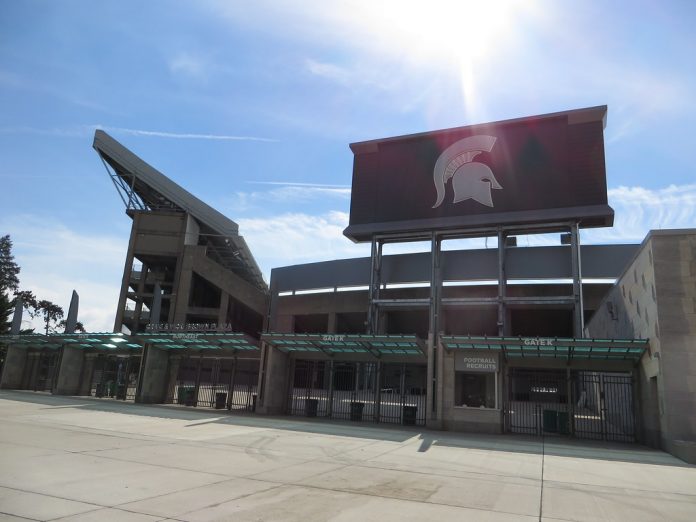Higher education is in a bizarre place right now. Breakneck shifts to virtual instruction in 2020, combined with rules about quarantining, social distancing, testing, vaccinations and masking, have shifted the focus of higher education. Even while responses to the pandemic have made the college experience less engaging, policymakers have ramped up incentives for young people to attend college with new programs, extra funding from the federal government and an ongoing moratorium on required student loan payments. The result is a confusing set of contradictions.
Fewer Michigan high school graduates are interested in attending college than before COVID-19, despite the prodding of state and national officials. Recruitment officers are having an especially tough time due to a long-term trend of increasing college costs and a surge in inflation over the past year.
In response, school and state officials have developed return-on-investment calculators to encourage more students to attend. Many states have started websites that compare the expected salaries of new university graduates at different institutions or majors.
Florida recently unveiled a website to help prospective college students and parents to compare salary, employment prospects and the average loan burden at Florida’s twelve public four-year institutions, broken out by field of study.
A variety of government, institutional, financial and informational websites feature similar tools.
Choosing where and when to go to college, what to study and how much debt to incur does matter for future success. But there are other factors to consider.
A degree doesn’t come with a salary guarantee. Many college graduates end up working outside their fields. It should be no surprise: What you thought you would do at age 18 or 22 doesn’t predict what you will do when you are 40 or 44.
Furthermore, the well-paying jobs of today might not exist in the future. And the well-paying jobs of the future might not exist today.
The tools are not entirely valueless. Prospective students may want to see how well-off graduates are, and compare the salaries earned by graduates from different degree programs in different schools. College return-on-investment calculators can help students make more informed decisions about their future prospects for repaying education loans.
Should Michigan follow Florida’s lead in creating yet another college return-on-investment calculator, specific to Michigan public universities?
Probably not. Lawmakers can insist colleges not mislead students, and high school guidance counselors can incorporate existing calculators into their advising process. But Michigan doesn’t need its own calculator. They’re already widely available.
Instead of encouraging students to fixate on simplistic returns from degrees, lawmakers should encourage schools to lower costs. The price tag of postsecondary education is headed in the wrong direction, and higher government spending tends to exacerbate the problem. An overpriced investment naturally leads to lower returns for anyone, regardless of which college or major one chooses.
Flooding the decision-making process with more calculators won’t increase the return on investment that students make. Finding ways to reduce the cost of college will.
Originally published by the Mackinac Center for Public Policy. Republished with permission. For more great content from School Reform News.








